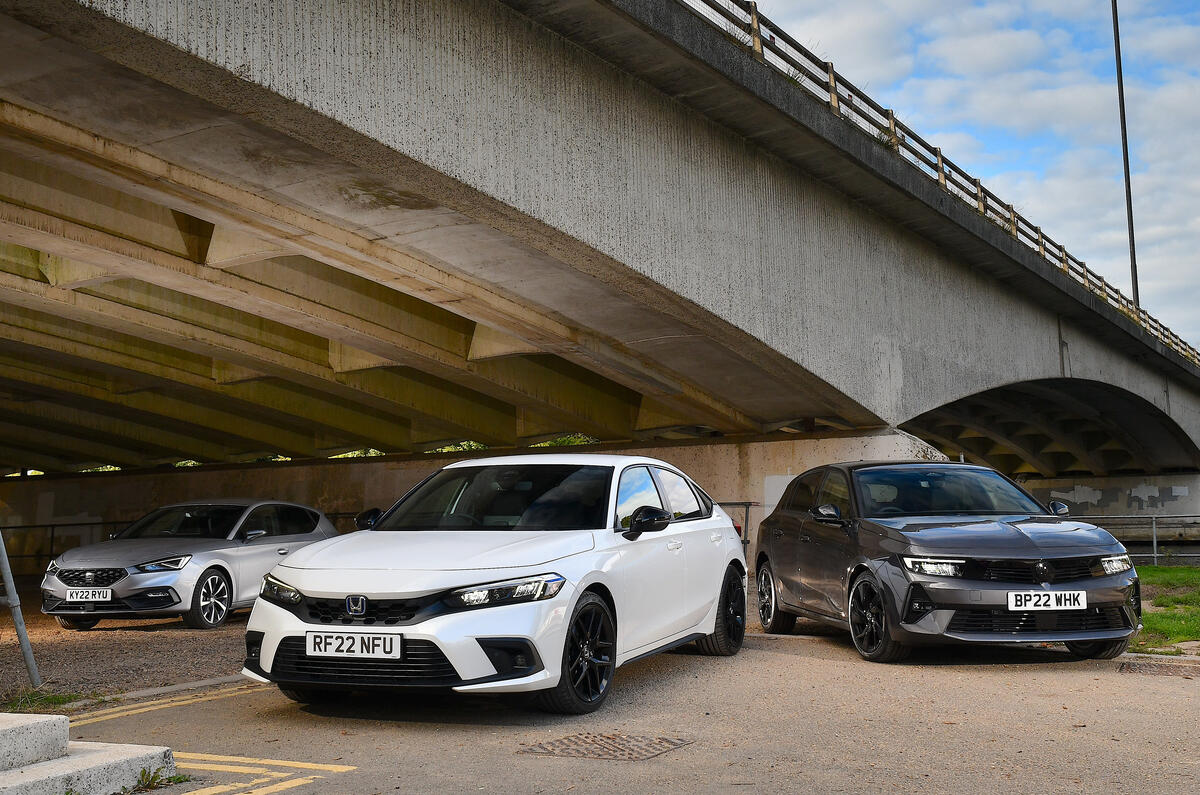A decade ago, the industry was talking about market fragmentation. As the cost of bodyshells fell relative to the cost of the chassis, a new age of niche models seemed near.
In fact, the opposite has happened. The three biggest segments (superminis, lower-medium and premium/large SUVs) now take 87.7% of all sales, a record figure. If you look at the market in terms of bodystyle, crossovers/SUVs now account for 54.8% of all sales – another record.

A-segment city cars
This segment peaked more than a decade ago at 9.8% of the market, when the scrappage scheme led to thousands of people chopping in their old Metros and Fiestas for Fiat 500s and Hyundai i10s. Today, it is hard for manufacturers to make the numbers add up. City cars sell in smaller volumes than superminis, cost almost as much to make, but sell for a lower price. BEV versions would be too expensive for any model bar the Fiat 500, a situation that has led Volkswagen, Ford, Nissan and others to walk away. Toyota is having a brave stab at recreating the city car as an urban crossover – but at a price somewhat higher than a traditional model.
Market share 2022 3.8%
Market share 2021 4.4%
Top three sellers Fiat 500, Toyota Aygo X, Kia Picanto
B-segment superminis
![]()
The B-segment is doing better than ever, being a beneficiary of two complementary trends: buyers are migrating to superminis from city cars; and roomy supermini crossovers have led to a growing uptake of buyers.
The most notable aspect of the top three is the model that does not appear. For a decade, the Ford Fiesta was the UK’s best-selling car, but now it sits only seventh. In a sign of the times, Ford is allocating its scarce microchips to the higher-margin Puma and will end production of the Fiesta next year.











Add your comment